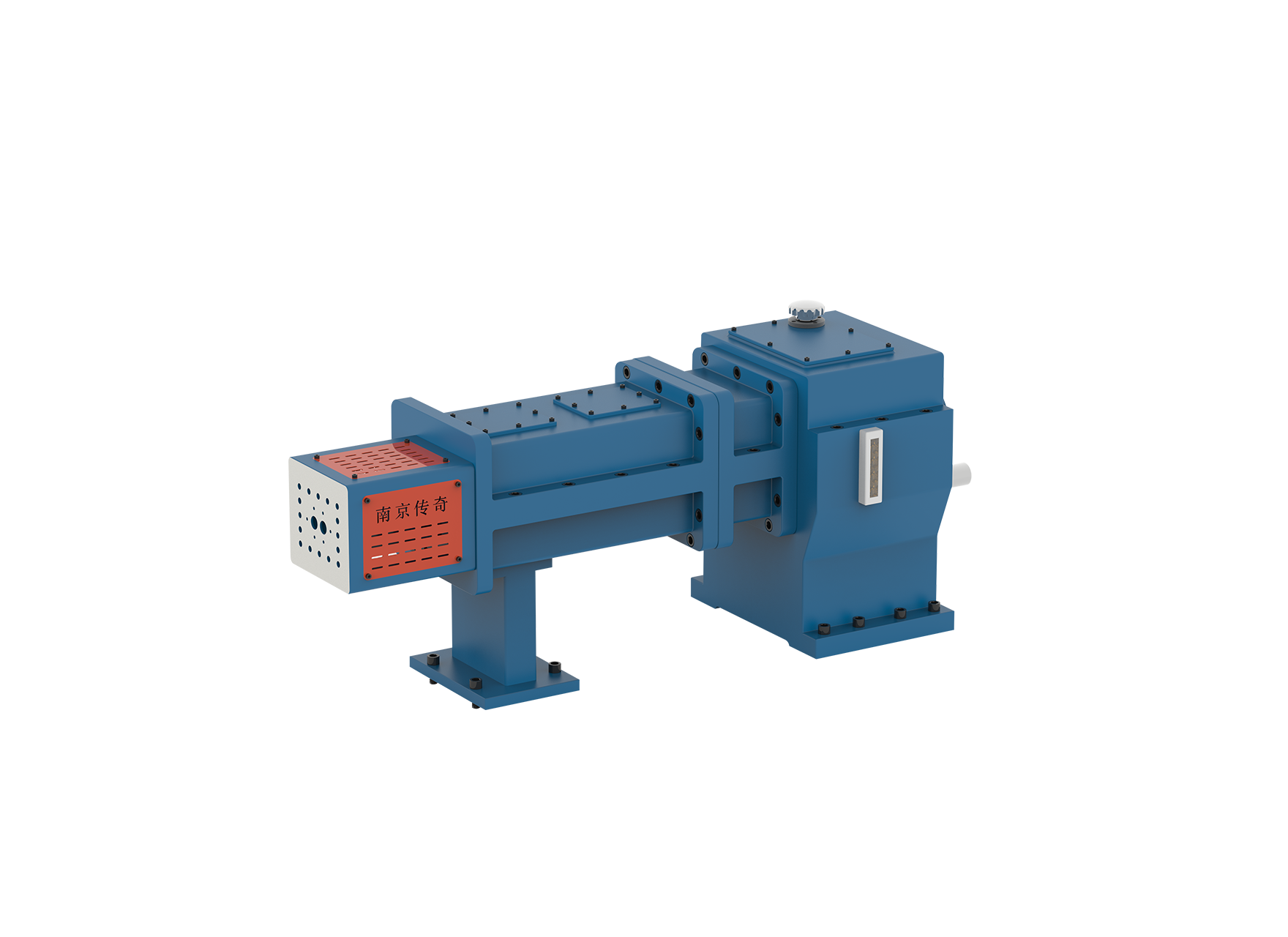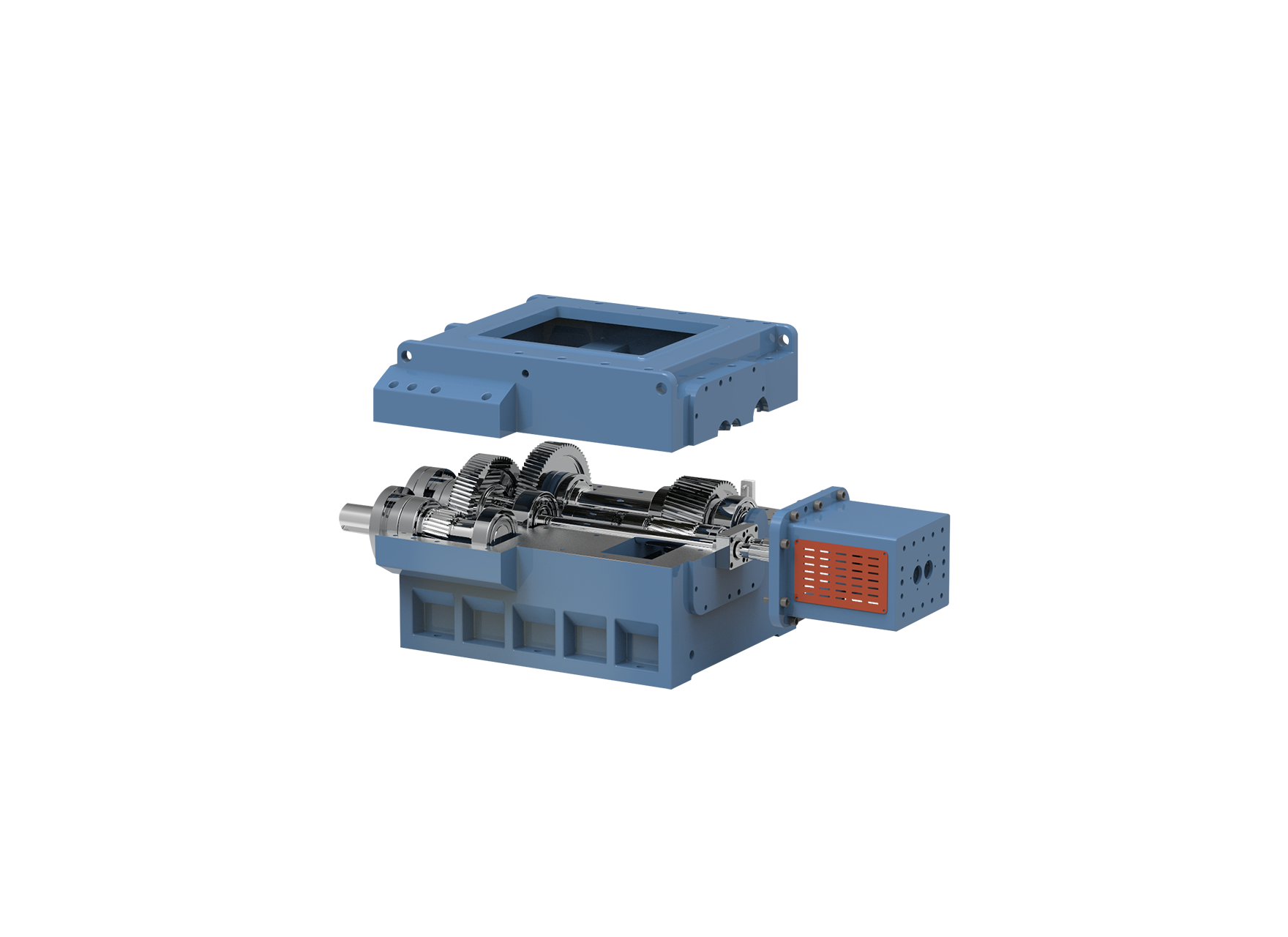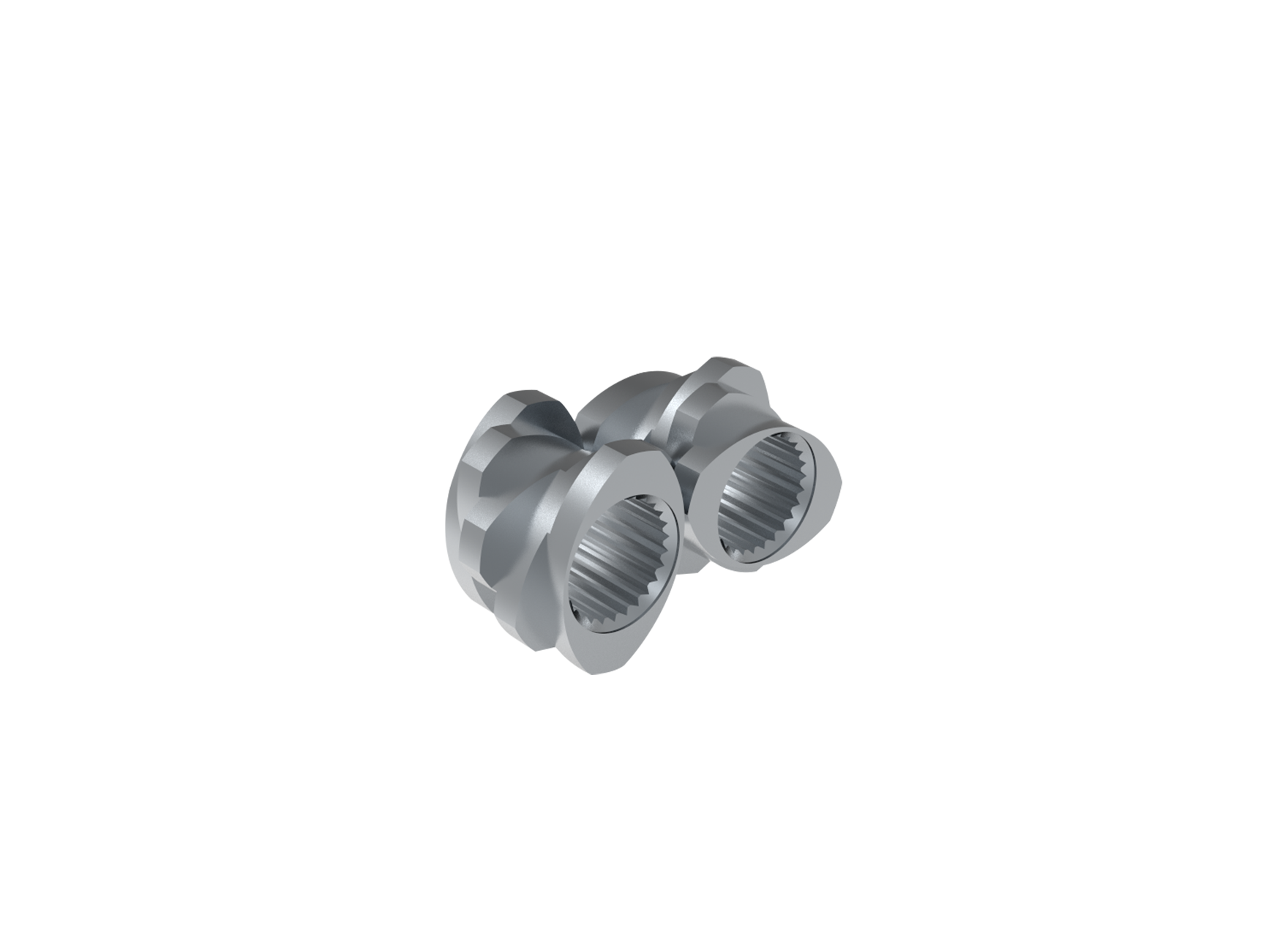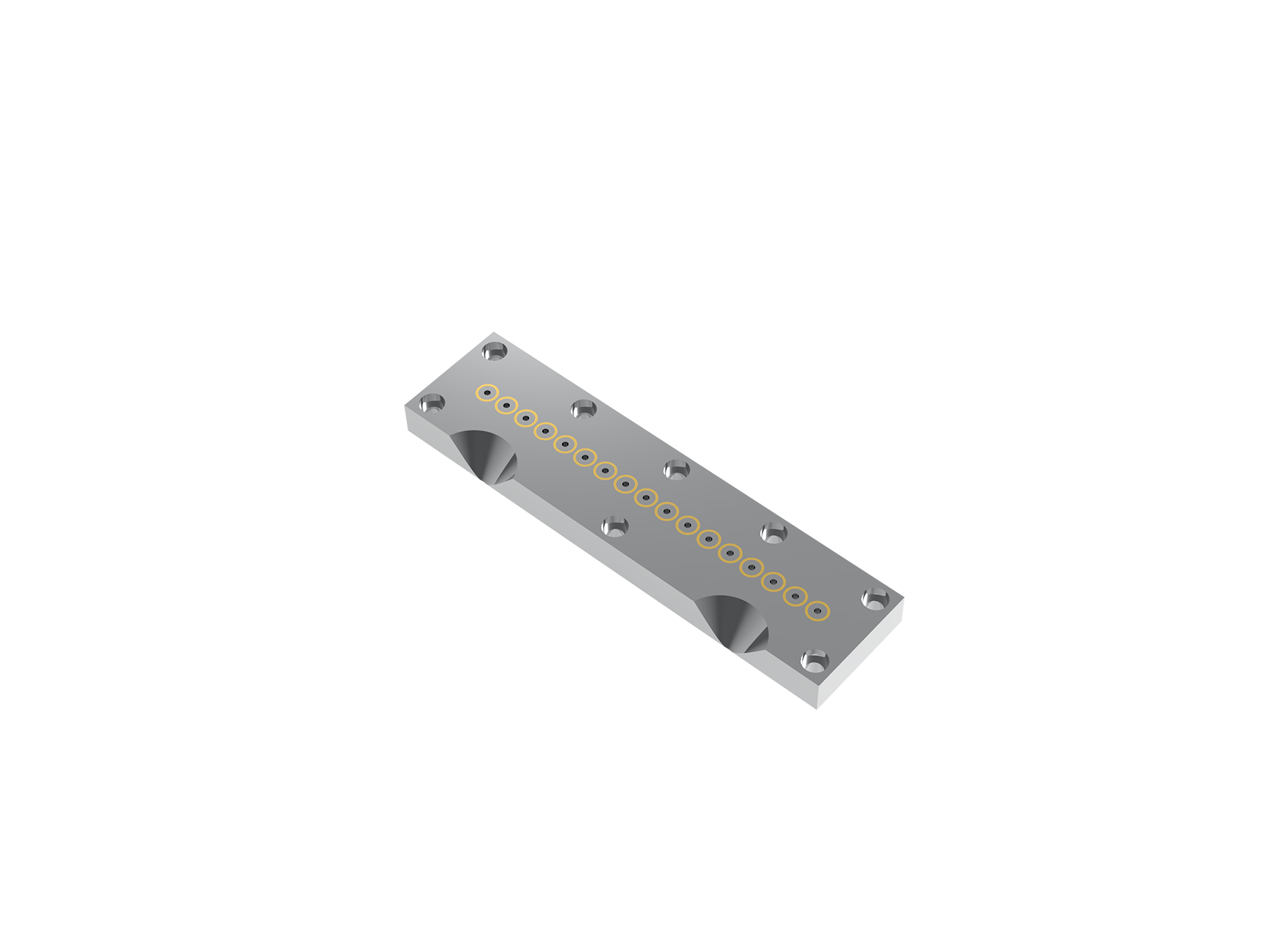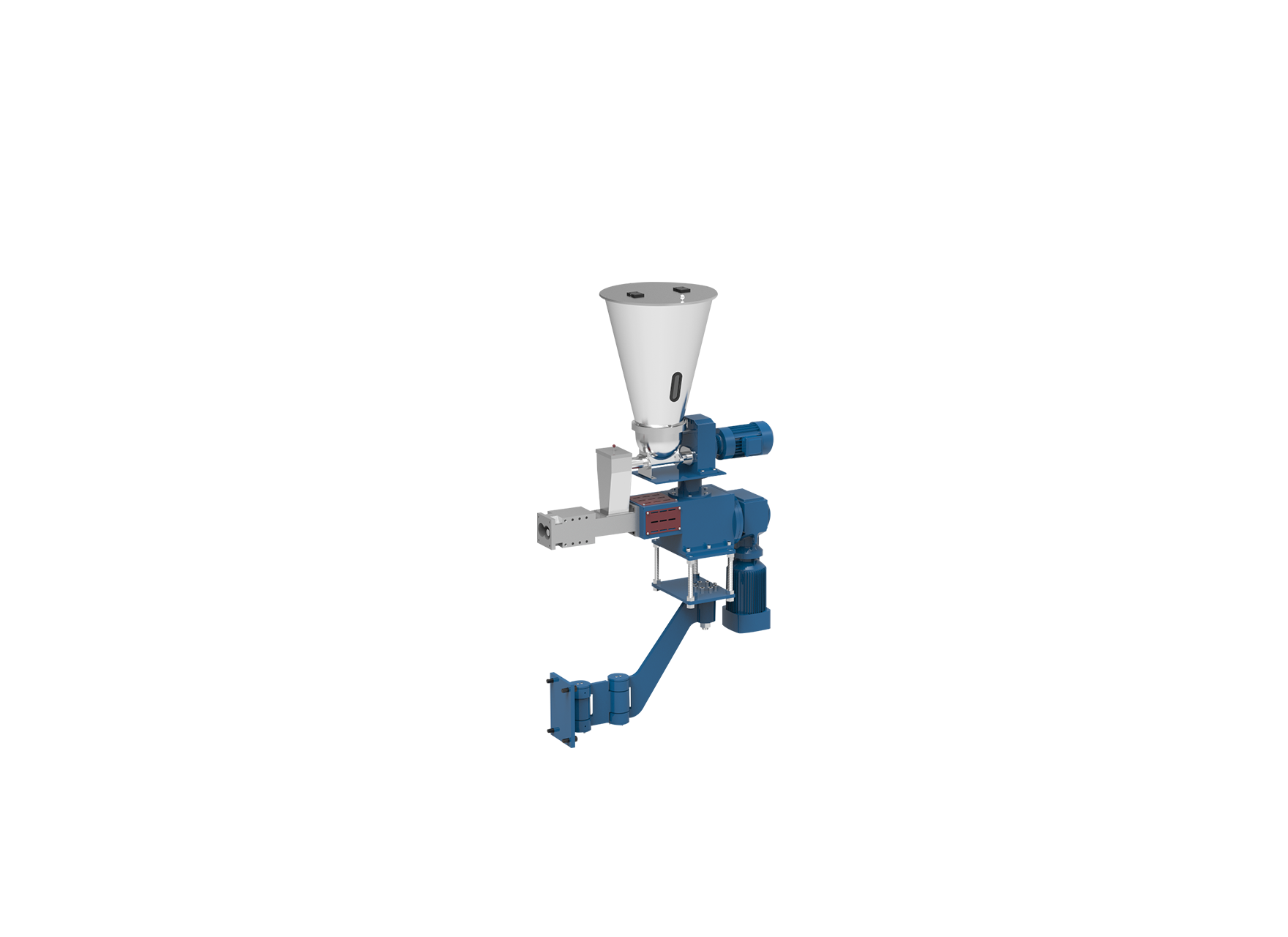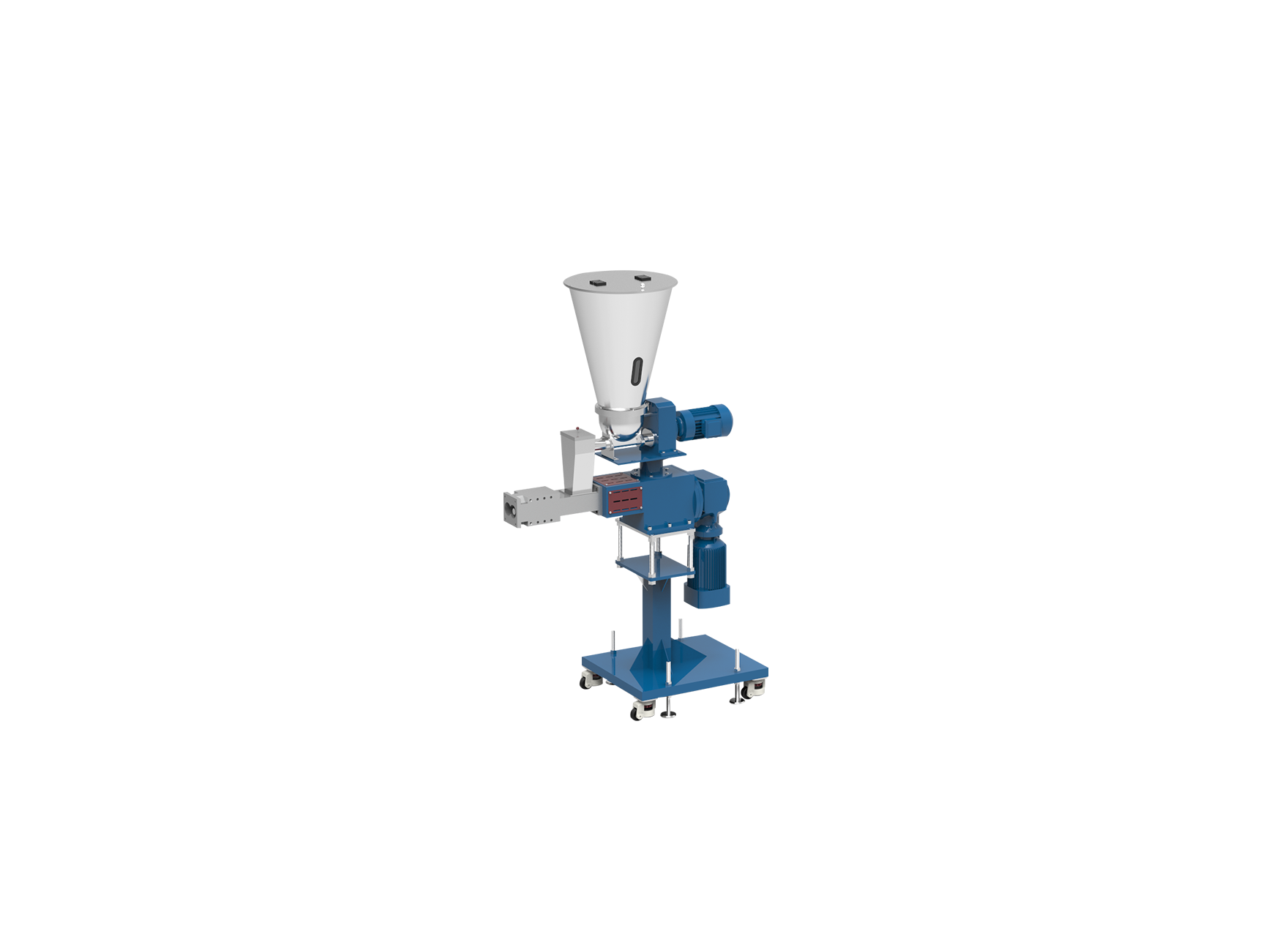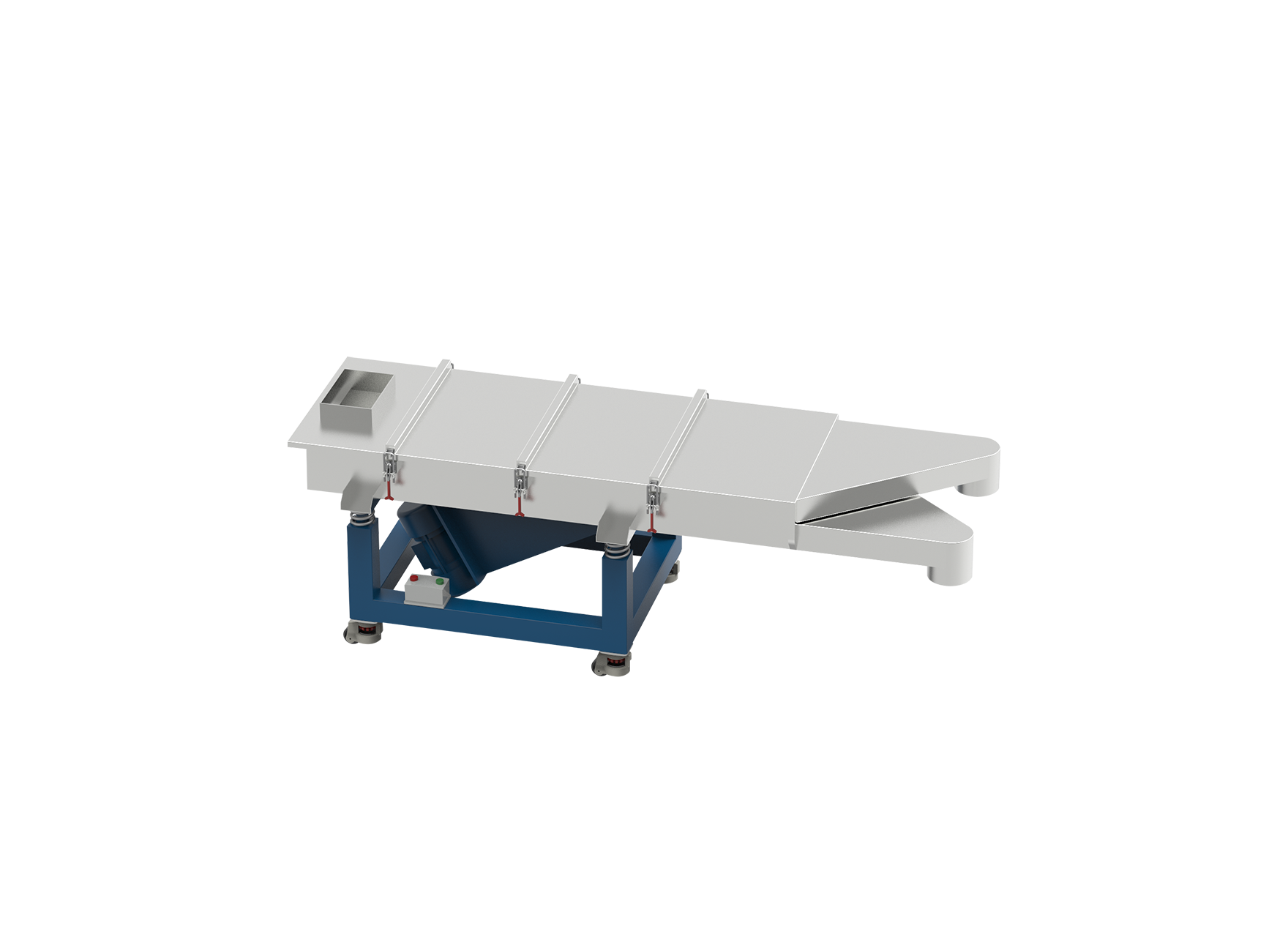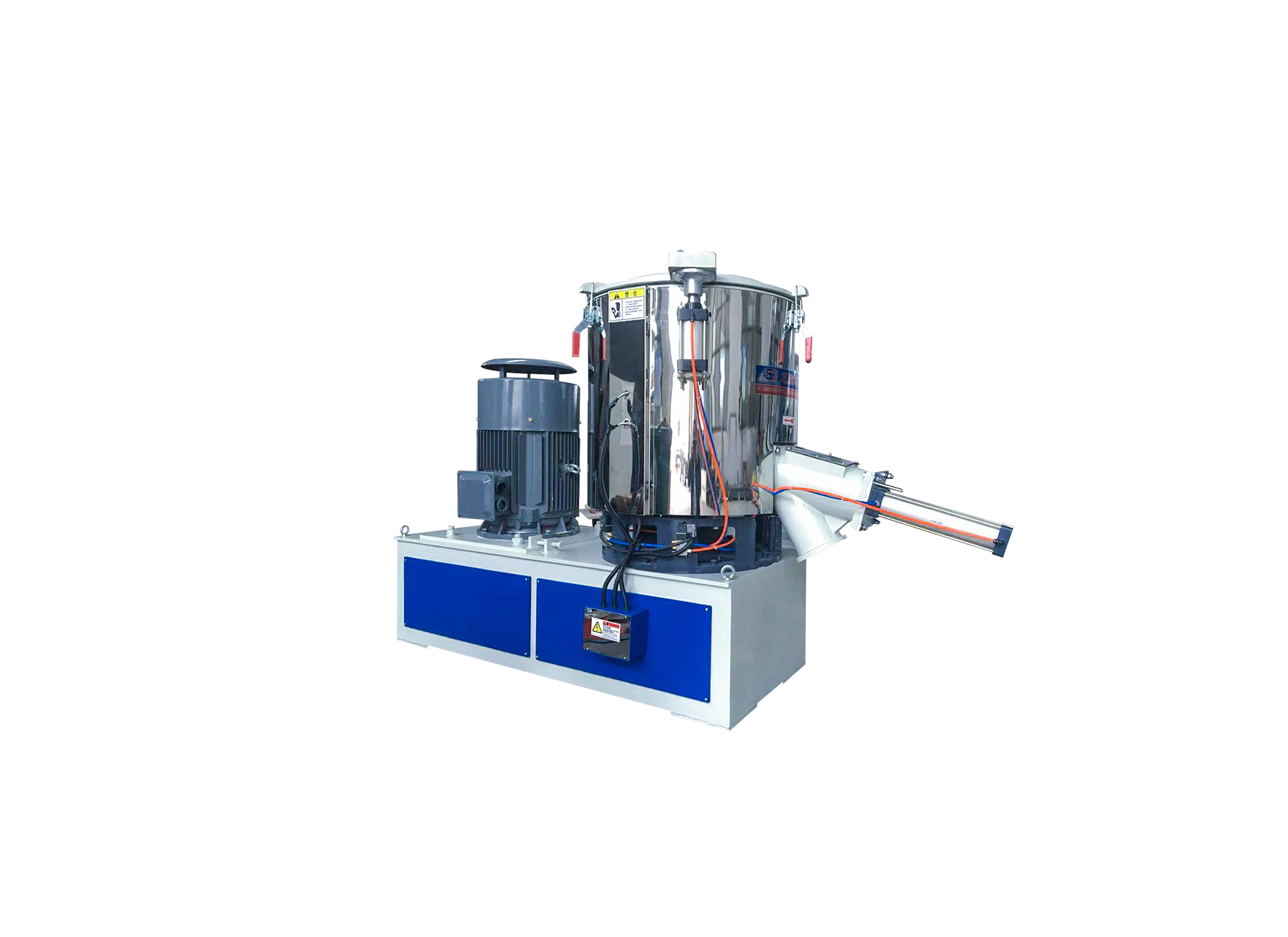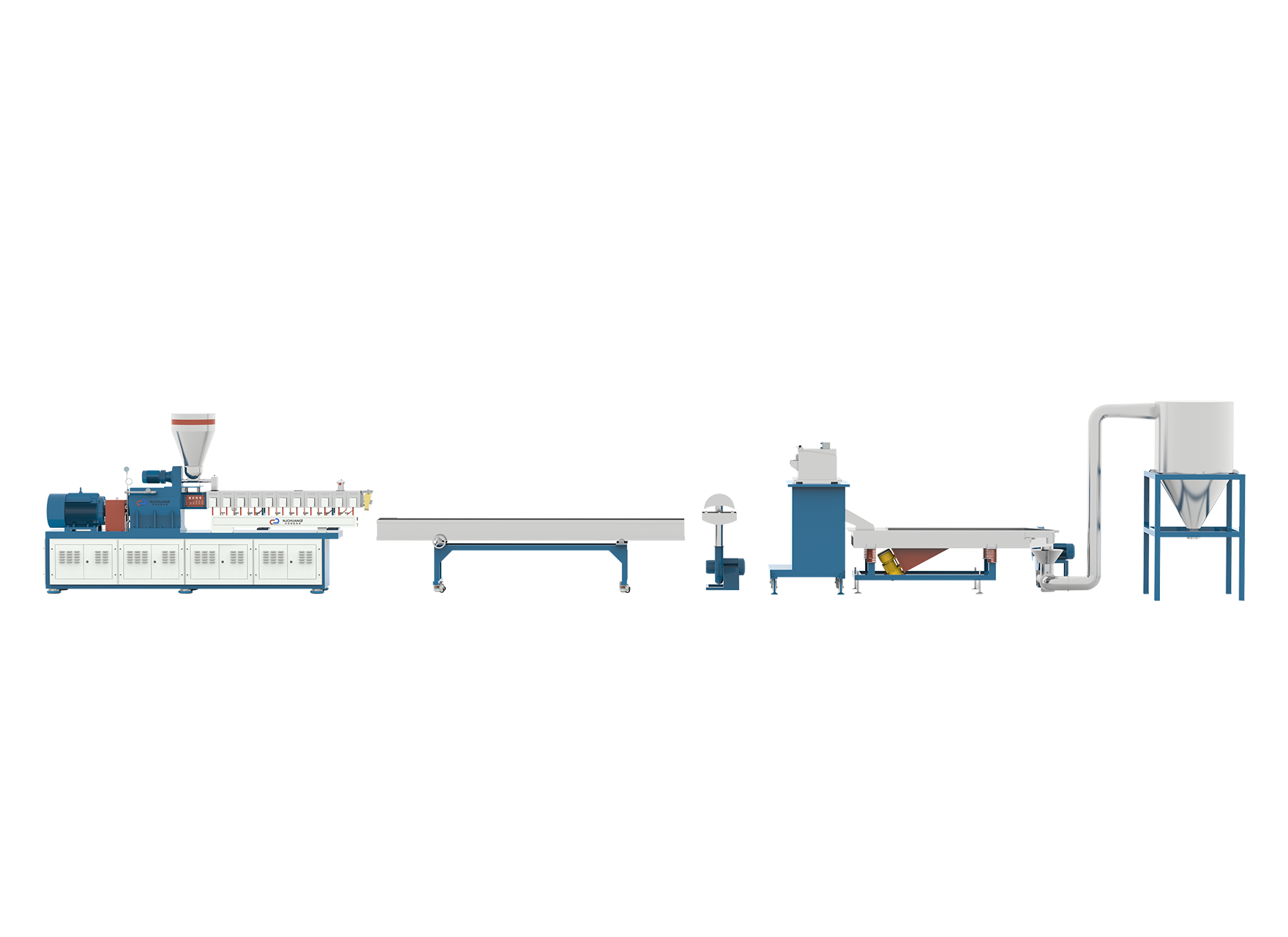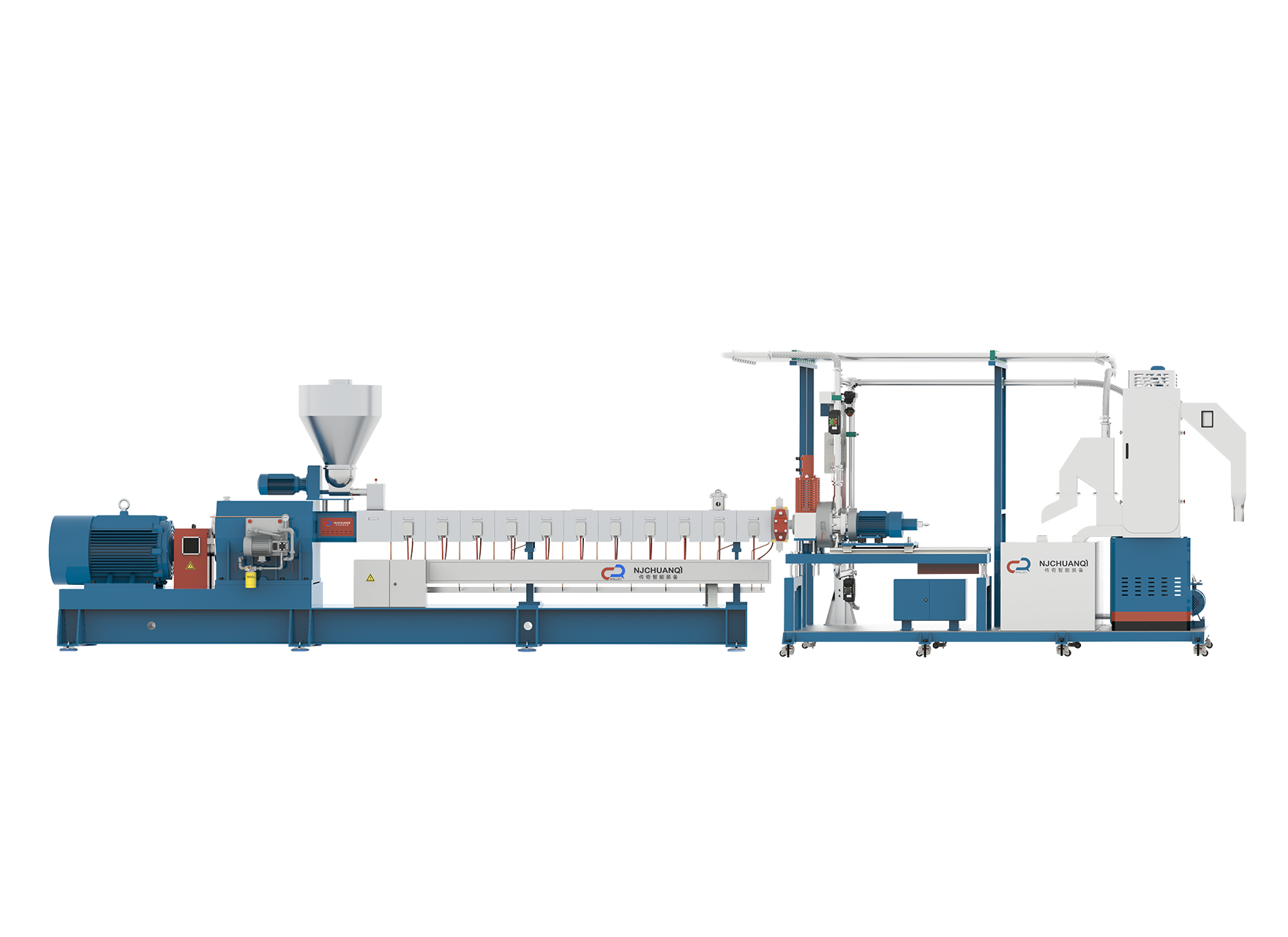Slicing Granulation Equipment is a pivotal component in material processing, transforming raw materials into uniform granules of desired sizes. This advanced equipment utilizes cutting-edge technologies, such as high-speed rotating blades or knives, to efficiently slice and granulate various materials.
It ensures precision and consistency in granule dimensions, making it indispensable in industries like recycling and pharmaceuticals. The integration of safety features, energy-efficient mechanisms, and smart technologies enhances operational efficiency, contributing to a safer and more sustainable industrial environment.
Shredding granulation equipment is a vital component in the material processing industry, offering a versatile solution for reducing the size of different materials. This equipment employs high-speed rotating blades to shred materials into smaller pieces, which are then granulated into uniform particles.
Equipped with cutting blades or knives, this advanced machinery excels in efficiently transforming various materials into uniform granules. Widely applied in industries such as pharmaceuticals, the machine ensures high precision and minimal material waste. Its ability to adapt to different materials and provide consistent granule size makes the Cutting Granulating Machine an essential tool for enhancing productivity and quality in material processing applications.
One notable feature of modern shredding granulation equipment is its enhanced efficiency and precision. Advanced technologies, such as computerized controls and automated systems, enable operators to achieve precise size control and maintain consistent granule dimensions. This is particularly beneficial in industries like recycling, where materials need to meet specific size requirements for further processing.
Furthermore, the integration of safety features and energy-efficient mechanisms in shredding granulation equipment enhances overall operational sustainability. This not only contributes to a safer working environment but also aligns with the growing emphasis on eco-friendly practices in industrial settings.
Cutting granulating machines are another essential category of equipment that excels in material processing. These machines utilize cutting blades or knives to achieve the granulation process. They are particularly effective in handling materials that require a more controlled and defined cut.
Recent developments in cutting granulating machines focus on improving blade design and material compatibility. Advanced blade materials, coupled with innovative cutting patterns, result in higher precision and reduced material waste. This is crucial in industries such as pharmaceuticals, where precise granule size is paramount for product efficacy.
Moreover, the integration of automation and smart technology in cutting granulating machines has revolutionized the operational efficiency of these systems. Real-time monitoring, data analytics, and remote control capabilities enable operators to optimize performance and troubleshoot issues promptly, minimizing downtime and increasing overall productivity.
One notable trend in the industry is the integration of both shredding granulation equipment and cutting granulating machines into comprehensive processing lines. This combination allows for a multi-stage granulation process, providing greater flexibility in handling a wide range of materials.
By combining these technologies, manufacturers can achieve a more tailored approach to material processing. The initial shredding phase can be followed by the precision cutting phase, resulting in granules with desired characteristics. This integration is particularly beneficial in industries dealing with composite materials or complex formulations that require specific granulation methods.
The continuous advancements in slicing granulation equipment, including shredding granulation equipment and cutting granulating machines, contribute significantly to the efficiency and precision of material processing in various industries. The integration of smart technologies, safety features, and a focus on sustainability further enhance the overall performance of these systems.

 English
English 中文简体
中文简体 русский
русский عربى
عربى +86-189 1339 2785
+86-189 1339 2785
